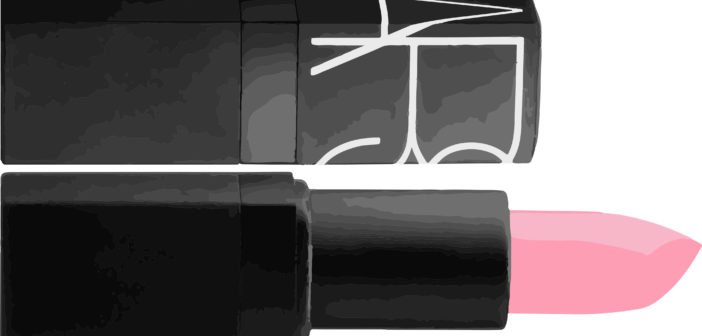As time flies by, trends come and they go. Though this fact holds true, few trends of recent memory are quite as ubiquitous as millennial pink. Don’t be mistaken: millennial pink isn’t just any shade of fuchsia or bubblegum. The shade that has been flooding Instagram and the fashion market is more akin to the Pantone color Rose Quartz, which shared the title of Color of the Year with Serenity, a pale blue, in 2016.
What started off as a simple trend prediction at the start of last year has become a social media phenomenon. Millennial pink is everywhere, including makeup and fashion brands targeting the generation. One of the biggest examples of the use of millennial pinks comes from the New York-based makeup brand Glossier. When logging on to the website, the use of the shade is immediately evident. From the tabs on the website, to the actual packaging of the products, the shade is everywhere.
Millennials are no stranger to the Starbucks secret menu, and one of its most popular items, the “pink drink,” which was added to the regular menu earlier this month. The beverage, also known as a Strawberry Acai Refresher with coconut milk, certainly tastes good but is more known for its light pink shade. The drink rose to popularity on Instagram and Twitter last year and became a popular item to include in photos to gain likes and followers.
What makes this particular color so attractive to millennials?
According to Lauren Schwartsburg from nymag.com, the answer is quite simple. In her article “Why Millennial Pink Refuses to Go Away,” Schwartsburg investigates further by interviewing Fabiana Faria of the fashion boutique Coming. “The second I show a pink thing—anything—it leaves so quickly,” said Faria.
Though it may seem like millennial pink is a fad that has just recently started, the truth is the shade has been around for longer than we think. According to Schwartsburg, one of the first instances of the color in the pop-culture universe came from the reality show “The Simple Life.” With this show came a new “lifestyle of pink,” one the likes of which hadn’t been seen before.
Another resurgence of the color came along with the release of the Wes Anderson-directed “The Grand Budapest Hotel” in March 2014. In the film, the entire exterior of the hotel is painted in the popular hue, creating an aesthetically pleasing visual experience.
Millennial pink continues to move product in all industries. As Schwartsburg says, the popularity of millennial pink has a simple reason: “In these Instagram-filtered times, it doesn’t hurt that the color happens to be both flattering and generally pleasing to the eye, but it also speaks to an era in which trans models walk the runway, gender-neutral clothing lines are the thing, and man-buns abound.”

